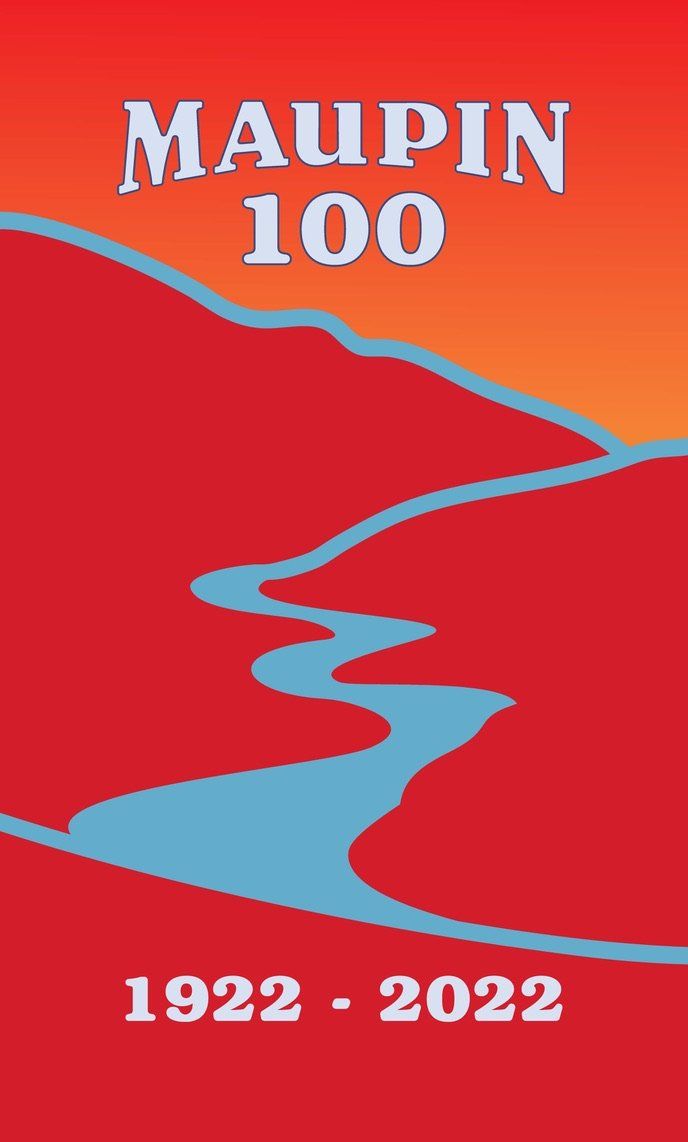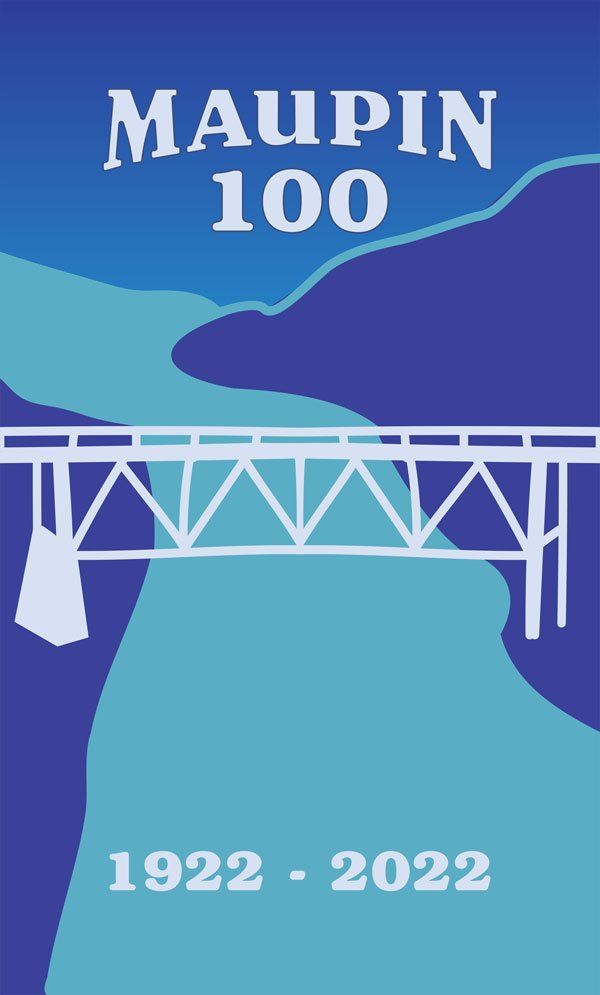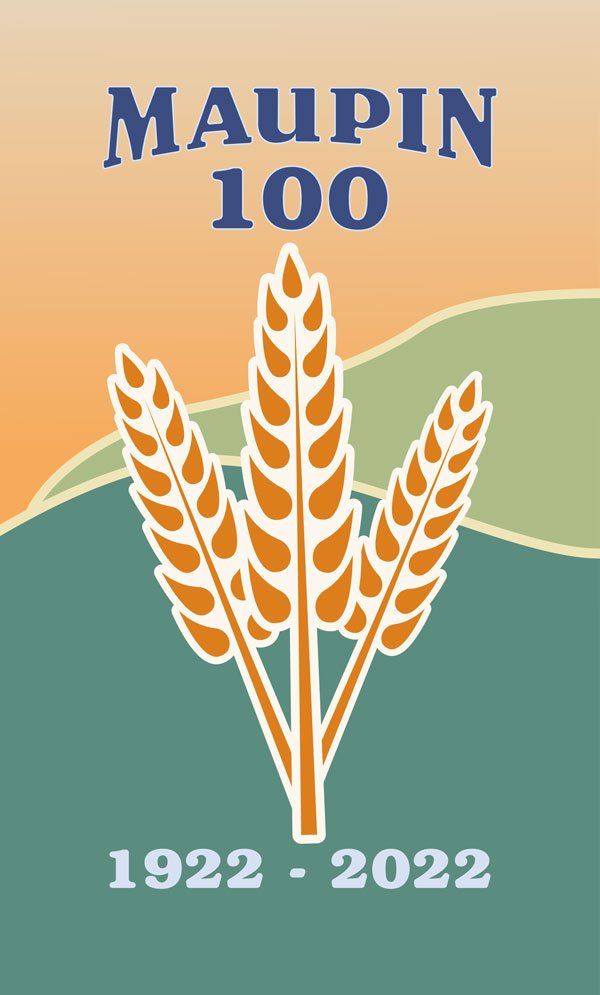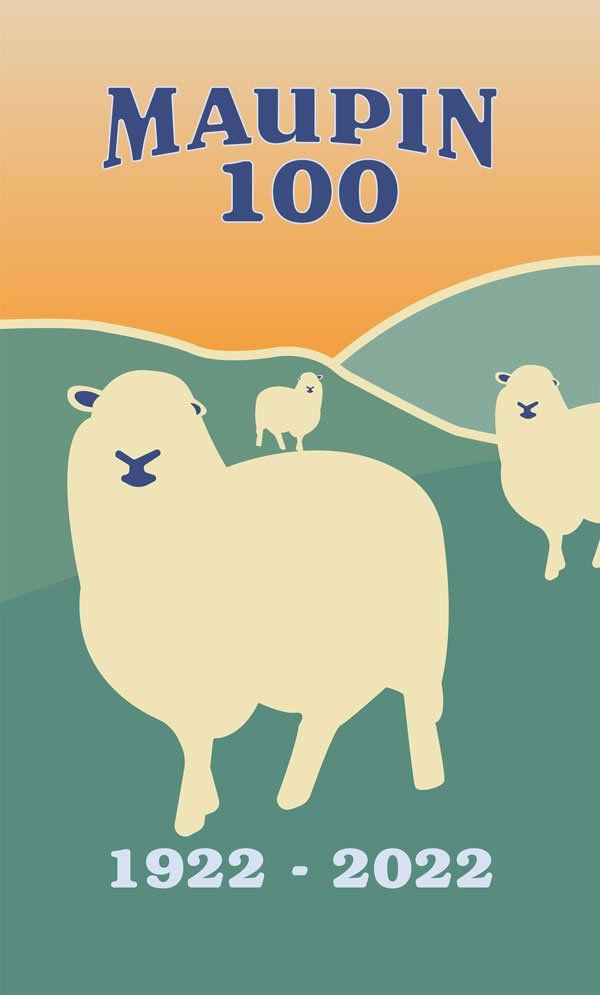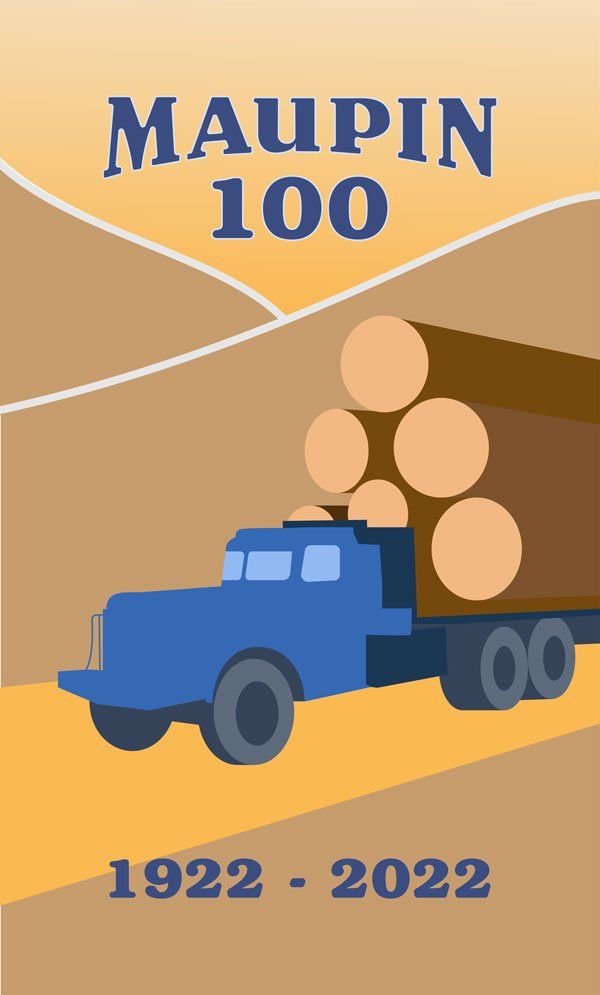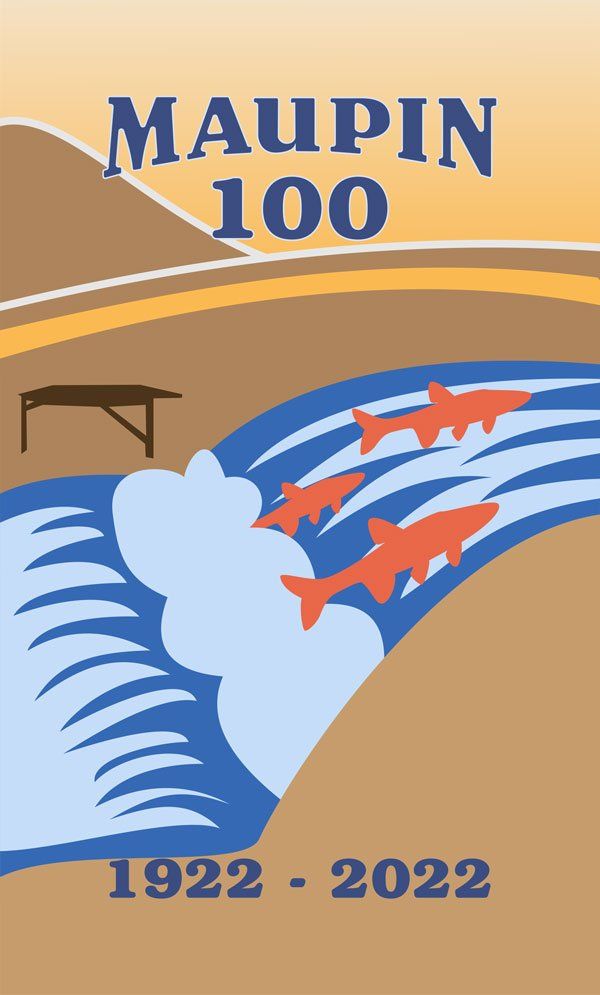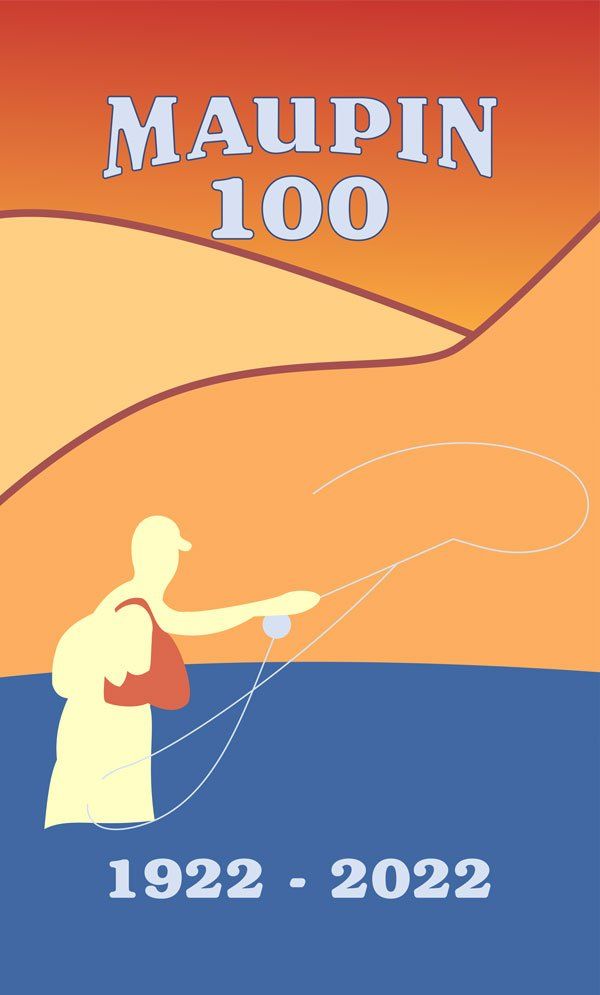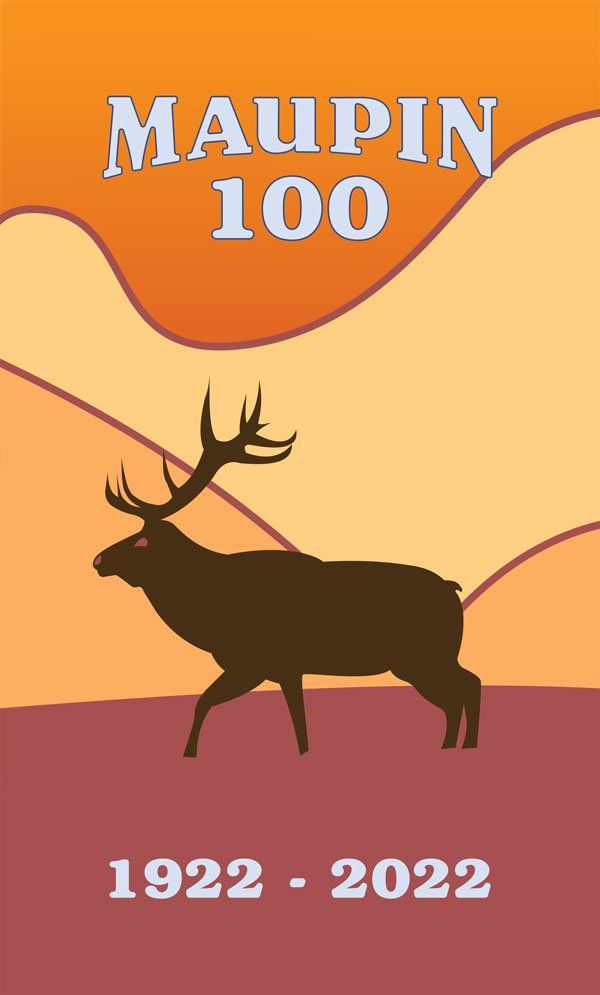
Maupin History
Perry Maupin arrived at the present townsite of Maupin in 1872. He realized the possibilities of the location and constructed a ferry, which he operated from the west side of the Deschutes to the mouth of Bakeoven Creek. He continued to operate the ferry for five years, during which time he built the first house in Maupin…
Rafting
Whitewater rafting has become a very popular water sport in Oregon and across the United States. It didn’t start out as a whitewater raft with professional guides though. Instead, it has evolved over time as various cultures and generations have passed on their knowledge and their techniques for navigating the white water of many a river…
The Old Maupin Bridge
During the transition from the horse and buggy days to the horseless carriage, wise drivers of the early automobiles would drive to the side of the road and stop some distance from an approaching team of horses so as not to spook them. Frequently horses would become alarmed and shy away, or try to run away from the automobile…
The Train
As is true for many a thriving American town, Maupin owes its early development to the railroad. Within ten years of the arrival of the tracks, the city of Maupin was born! The task of building a railroad through the Deschutes River canyon had been at times deemed impossible, but Central Oregon was eager for a railroad….
Agriculture
The first orchards in the newly settled Tygh Valley were planted in 1858. Award winning hops were also grown in Tygh Valley during this time and the Dahl place hop yard employed many people. Early settlers knew that farming on the region now known as Juniper Flats could only be a viable enterprise if they had irrigation water.…
Sheep
As part of the Columbia plateau, this area is known for its rocky ridges and deep canyons. It’s also known as a landscape of numerous perennial springs which feed the desert creeks and eventually, the Deschutes River. It was recognized by early settlers as a climate well suited to raising sheep, especially those breeds with fine wool…
Logging
The demand for lumber during & after WW2 triggered the beginning of the local logging & saw milling industry. During the 40 plus years there was a thriving logging industry, there were at least 13 local sawmills in operation. Pine Grove was a boom town and service hub for the surrounding area and grew to have two grocery stores, 2 gas stations and a school….
Sherars Falls
Sherars Falls is a haven for the Tyx’ Band for harvesting salmon and eels. Gifts from the CREATOR that requires annual prayer ceremonies for these precious gifts that give their life for our existence and all life. Salmon was the first to tell the CREATOR that he would give his body up for the people to eat so they won’t starve and pass on. In the Tyx’ people’s food order, salmon is first and each year we thank the CREATOR for our Brother Salmon who feeds all life…
Fishing
Fishing has been a source of sustenance to the people of this area for many thousands of years. The Tenino, or Warm Springs Sahaptin, are the tribes of the lower Deschutes River and salmon, especially the chinook, is their most important food source…
Hunting
Our local game populations and habitat has changed a lot over the years. Oregon had a population of just under 800,000 people in 1920. Today it says we have 4,250,000 people. Our area is in a 20 plus year drought and some local game populations are thriving (turkeys, elk, bighorn sheep, bear, cougar) and some are struggling (deer, chukar, and pheasants)…
The Maupin 100 campaign, and this website, were funded by the Maupin Area Chamber of Commerce in celebration of our town’s centennial anniversary. The 10 graphics were made by JacksonR Designs, and writing contributions were submitted by community members
Maupin
A friendly, small-town pace and unspoiled desert beauty await you in Maupin, Oregon on the wild and scenic Lower Deschutes River. Maupin is celebrated for superb whitewater rafting, world-class fishing, exceptional upland bird and big game hunting on public and private land, breathtaking cycling routes, hiking trails, waterfalls, and much more! Located just 45 minutes south of The Dalles on Hwy 197, and a short drive from the Portland or Bend areas, Maupin is the perfect getaway for year-round outdoor recreation in Central Oregon.
Have a question or comment? Let us know.
This project has been funded in part by a grant from Travel Oregon.


